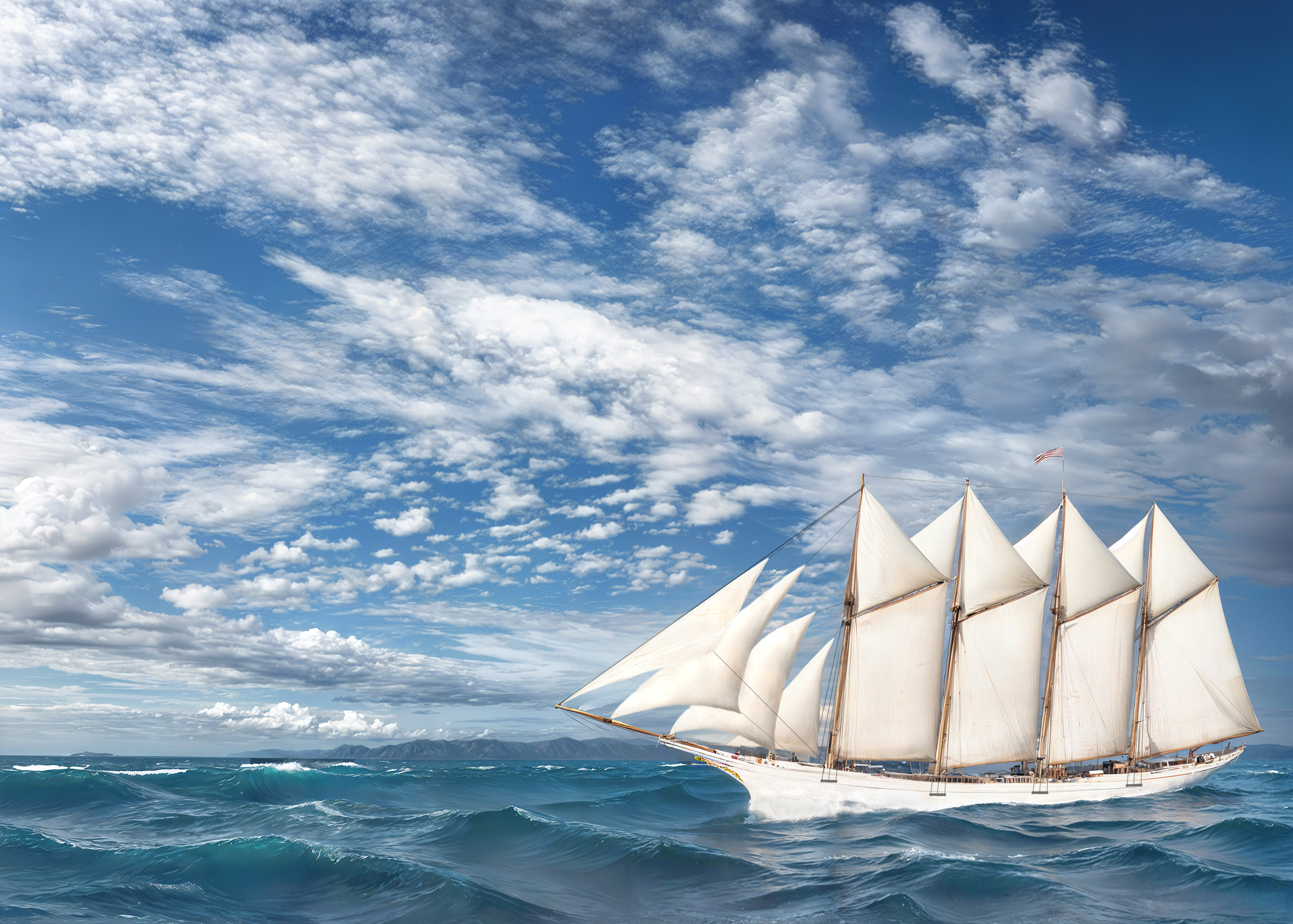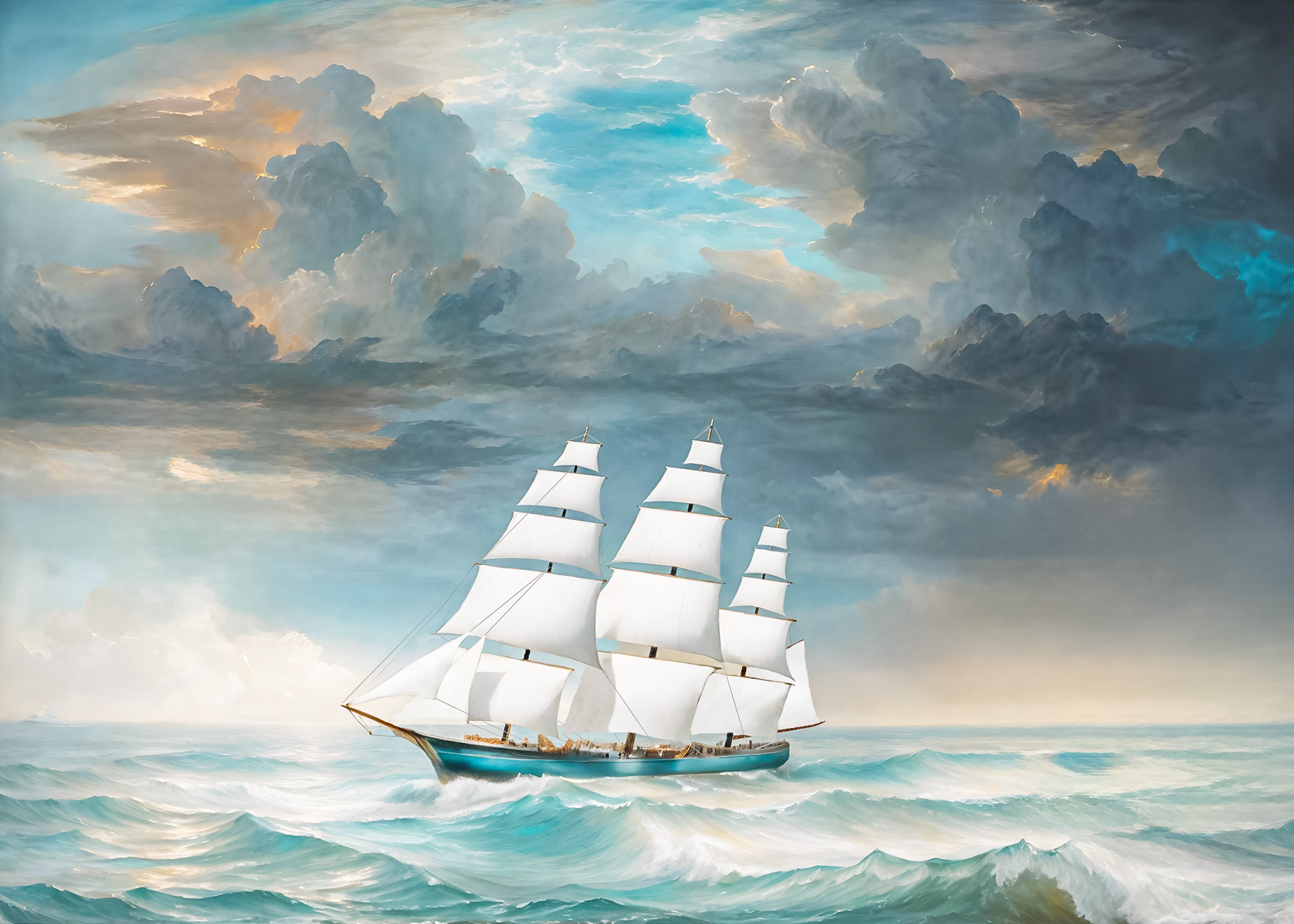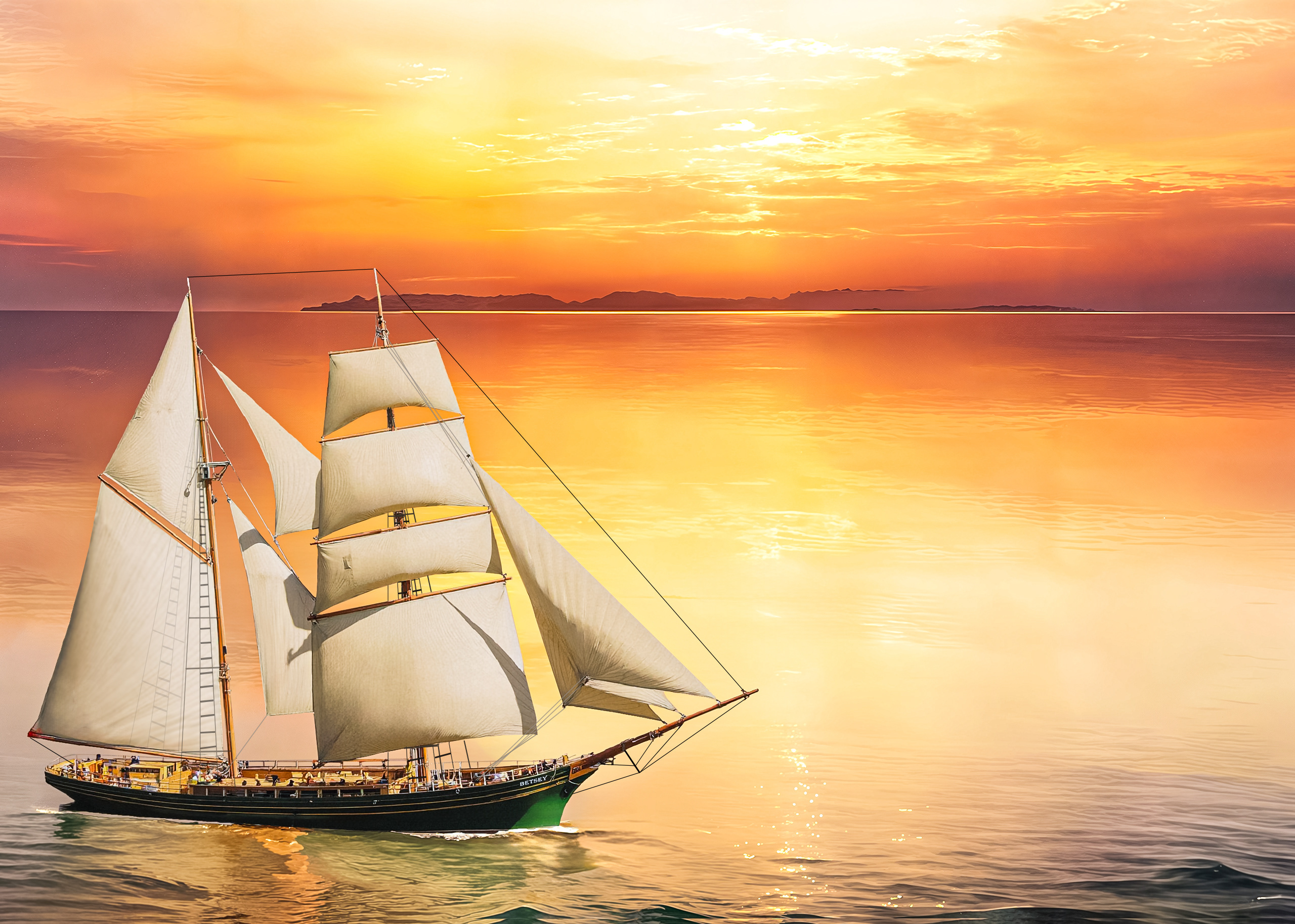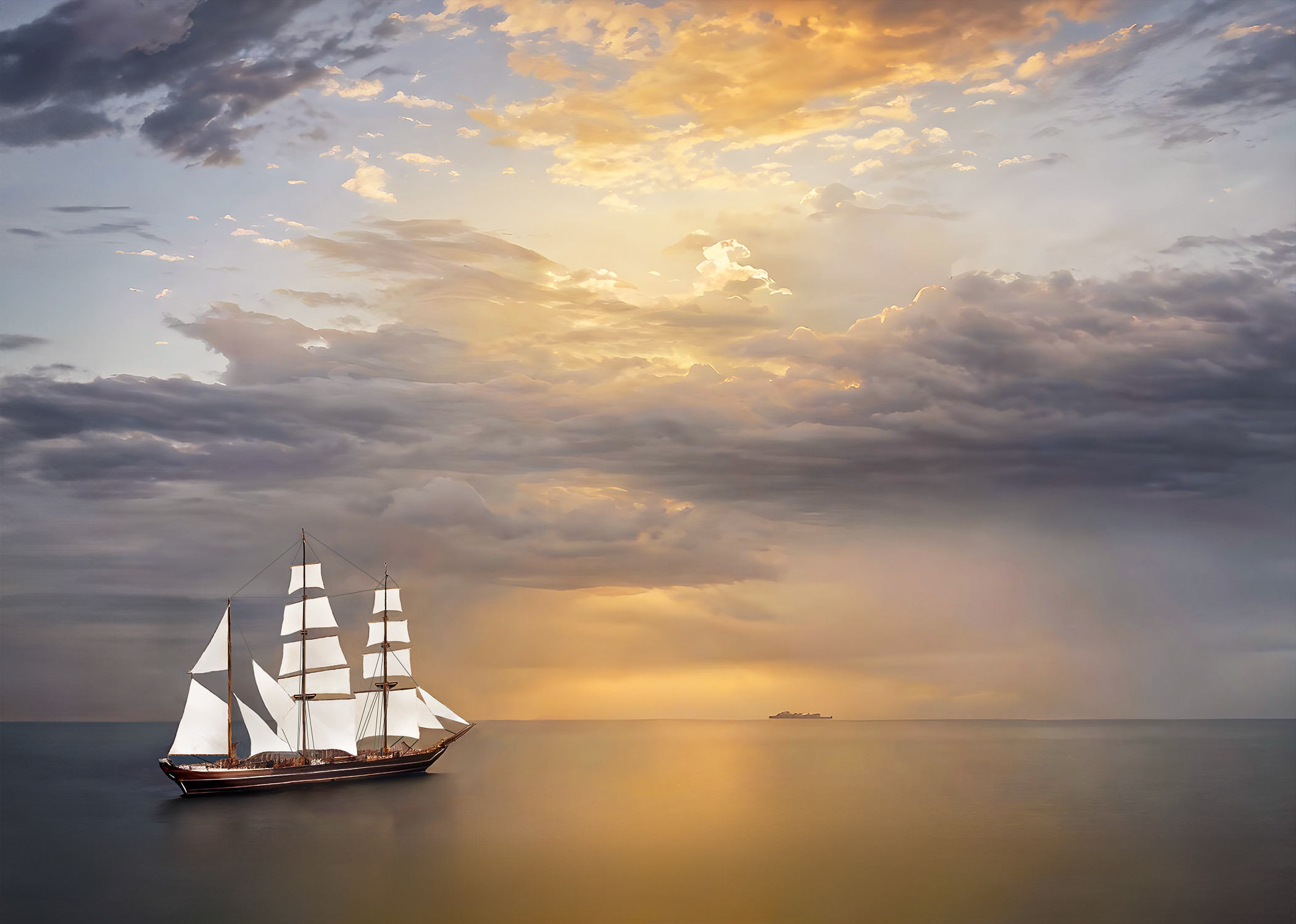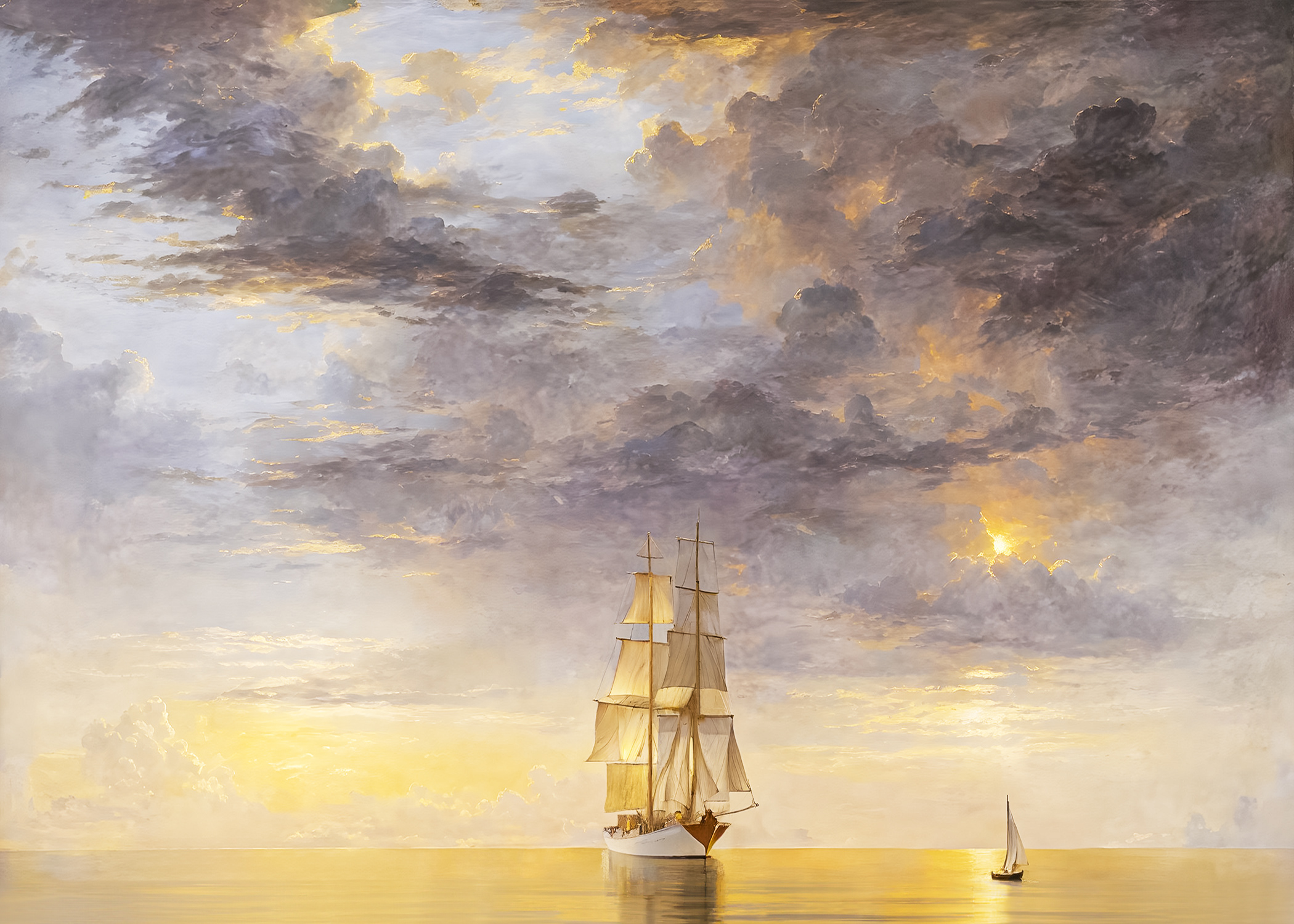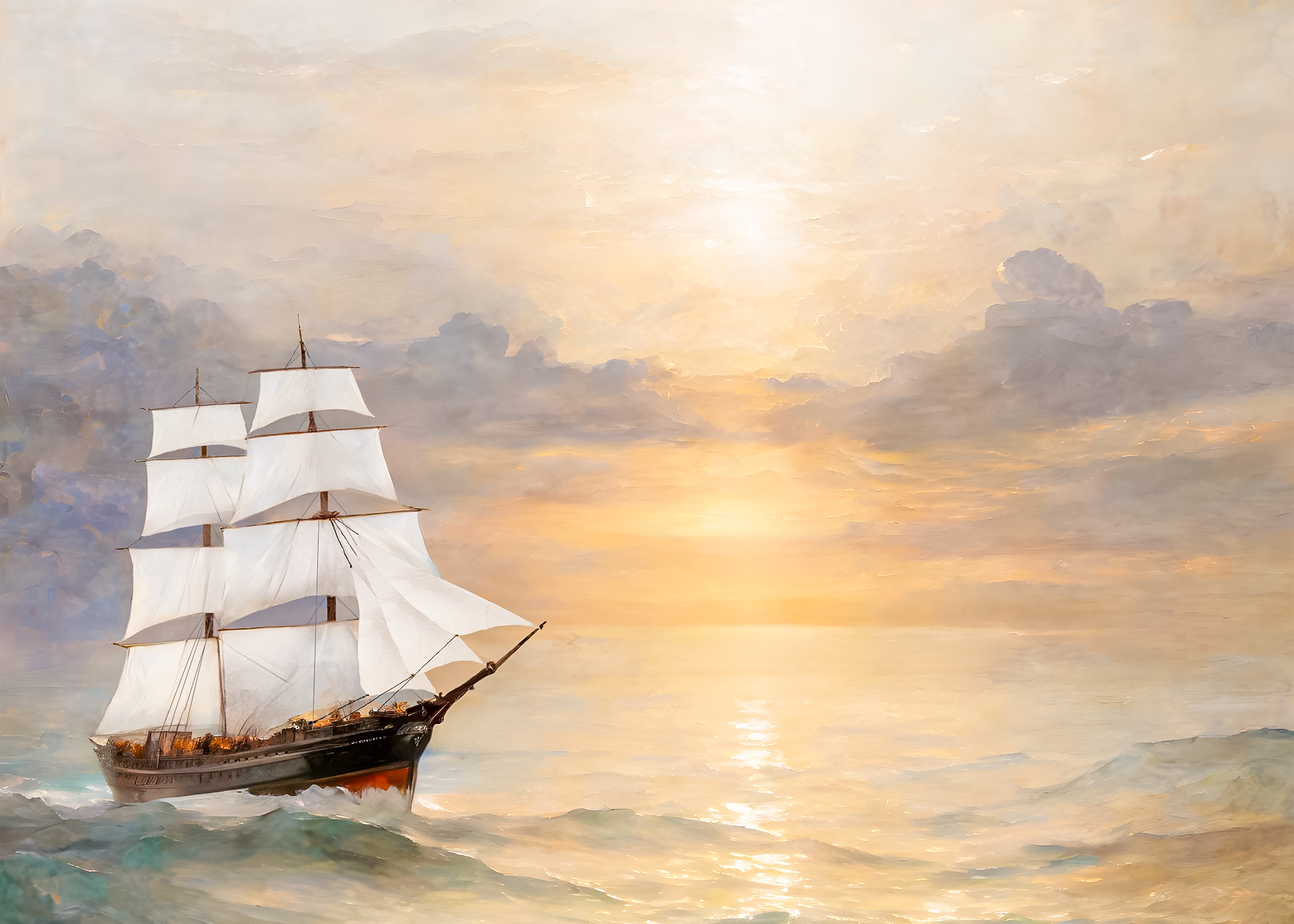White Falcon
White Falcon, a clipper ship, was built in Pittston, Maine 1853. The following is condensed from an article in The Daily Mirror August 8, 1949. During June 1857, the American clipper White Falcon—proudly sweeping before a moderate gale some 400 miles east of Manila—concealed beneath her full canvas a cargo of human misery rather than noble freight. Ostensibly bound from China to Callao, she had embarked roughly six hundred Chinese “coolies,” recruited through a mixture of deceit, official compulsion, and outright kidnapping, destined for indentured servitude in the guano quarries of Peru’s remote Chincha Islands. In the wake of the abolition of the transatlantic African slave trade, colonial powers had instituted “indenture” as a legal veneer, prescribing modest wages, regulated accommodations, and medical oversight. Yet these safeguards were routinely flouted: shipowners, unwilling to forfeit profit, packed far beyond licensed quotas, eliminated surgical staff to cut costs, and, when faced with inspection, jettisoned dozens of captives to lighten the ship. Mortality on the sixty-day Pacific passage often approached thirty per cent, as dysentery, typhus, suffocation, and internecine violence claimed hundreds. Upon arrival at Callao, the survivors—valued at £25 each—were dispatched to the Chincha Islands, where guano deposits, centuries-accumulated seabird excrement, were laboriously extracted. Under contractors’ penny-ante returns of three to four shillings per ton, overseers met profit-driven quotas by driving coolies naked in loincloths to dig six to eight tons daily, seven days a week. Punishments for the slightest infraction ranged from floggings with barbed whips to prolonged suspension in chains under the tropical sun, or half-drowning tethered to barnacled buoys. Mortality on the islands was so extreme that fresh human cargoes were shipped continuously to replace those who perished. Three days out from Manila, as the White Falcon rolled under fair skies, the captain ordered the hatch gratings removed for air. Seizing the moment, a faction of captives surged upward, their cries echoing like a rebellion born of desperation. In panic, the Portuguese skipper drew pistols and fired into the heaving mass, slaughtering dozens. The dead formed a macabre barricade; sparks from gunfire ignited cotton garments, and, amid fetid confines, captives fanned rags and religious joss paper into flame. Belowdecks, the conflagration spread unchecked despite the crew’s hoses; as smoke choked the hold and heat ignited the decks above, the captain refused to release the captive multitude, fearing to be overwhelmed. After half an hour of agonized screams, silence fell. With the ship’s integrity fatally compromised, the crew hastily launched three overcrowded boats—one capsized and its ten occupants drowned. The longboat, scarcely provisioned, towed its consorts back to Manila, where survivors’ testimonies, elicited aboard H.M. Gunboat Rattlesnake, revealed the full atrocity.
